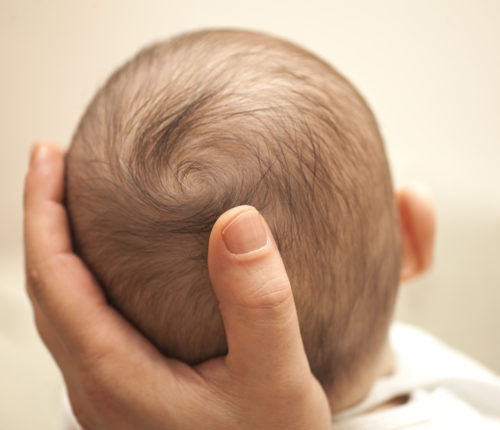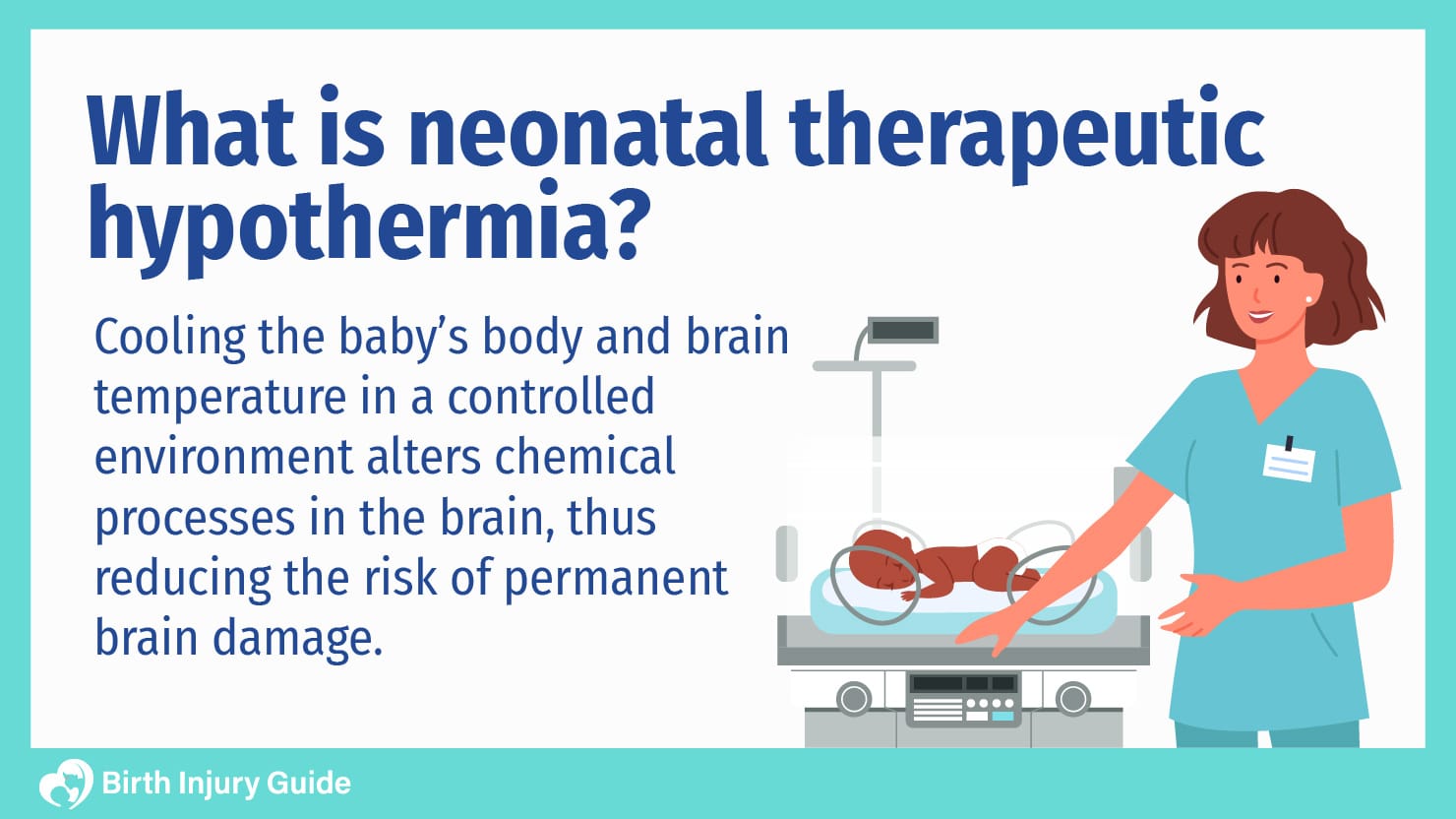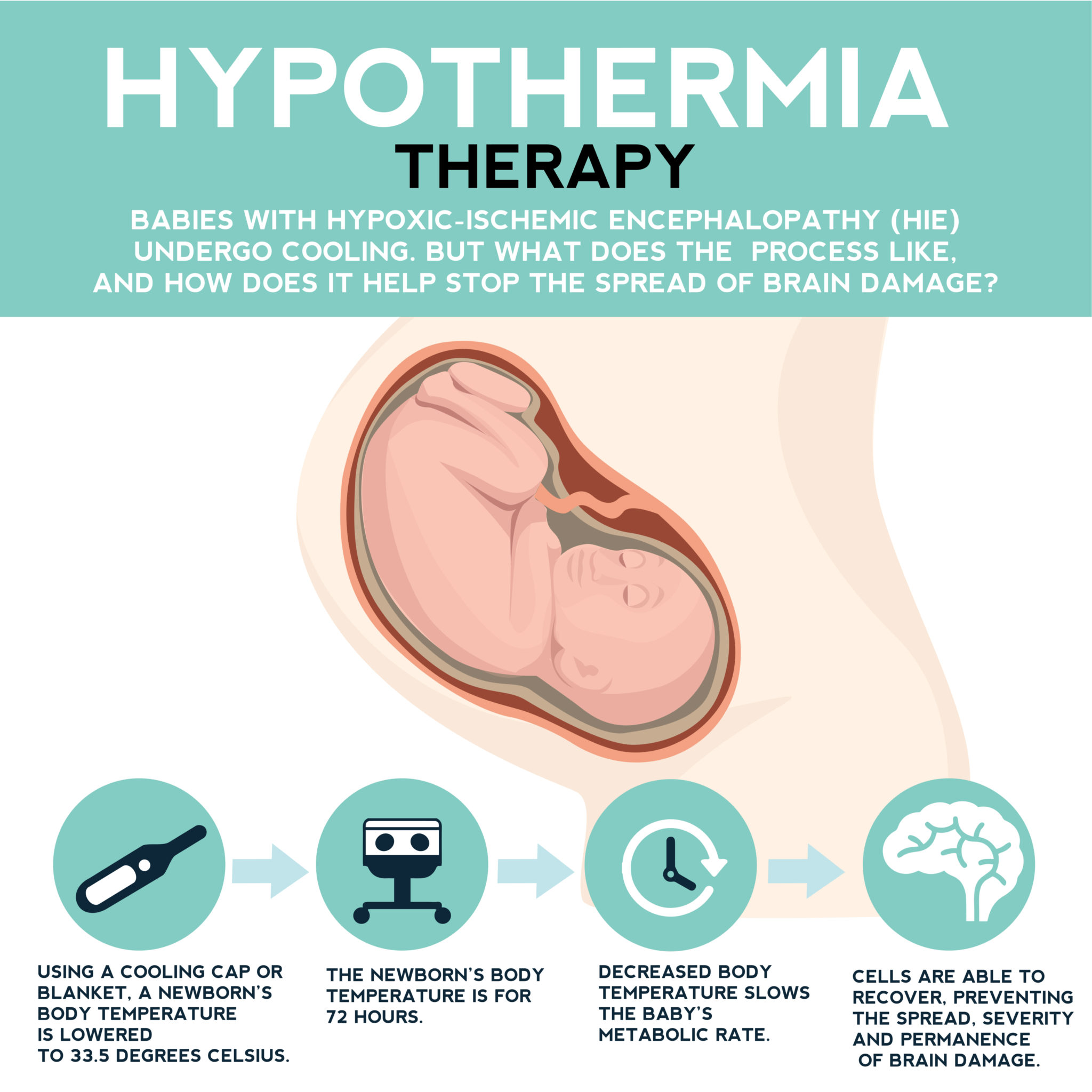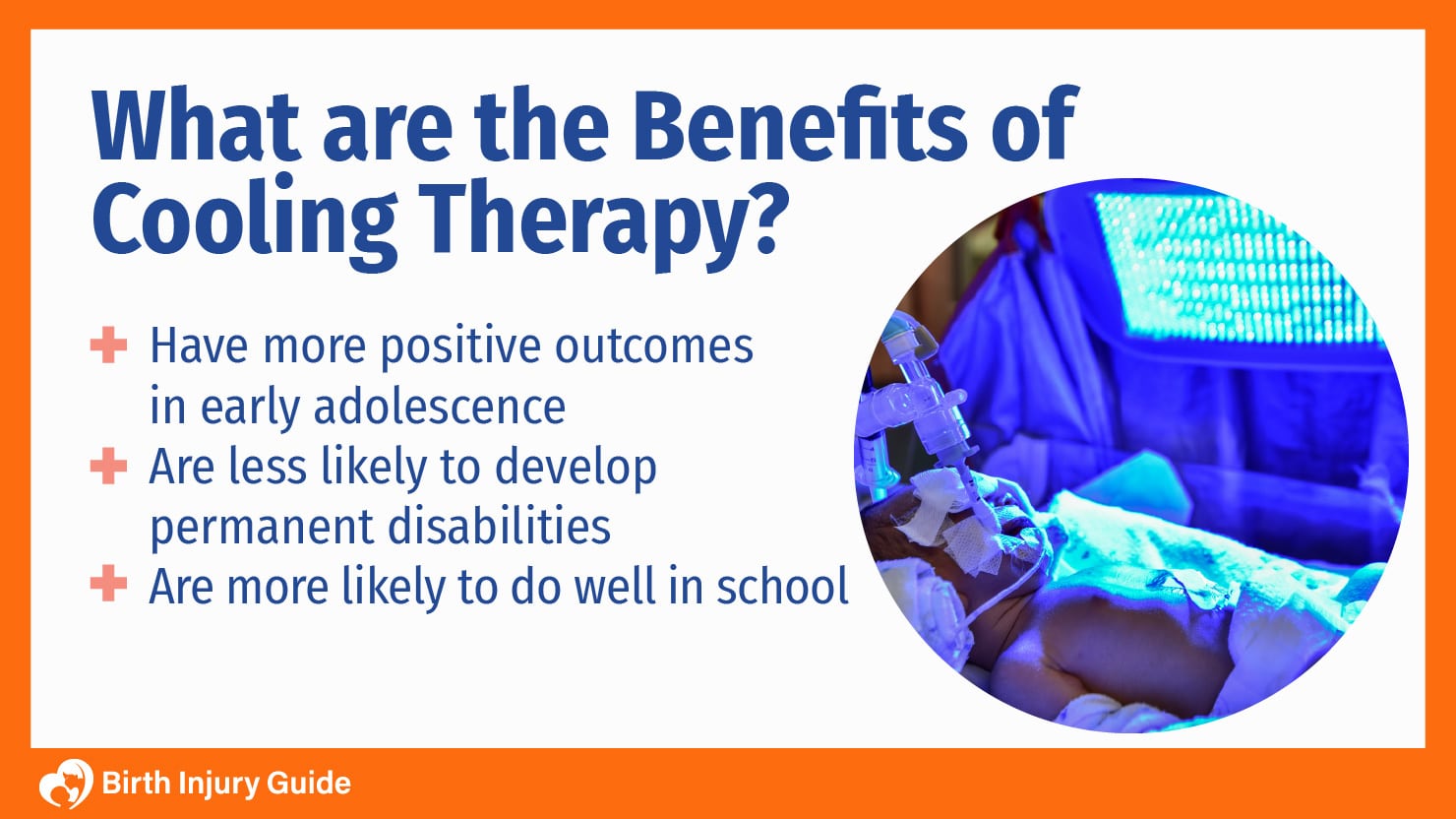
Why Was My Newborn Cooled?
If your newborn was prescribed neonatal therapeutic hypothermia treatment, you may find yourself asking the following questions: Why was my newborn cooled? How does cooling therapy work? What are the benefits of cooling therapy? Is hypothermia in babies safe? And likely many other questions as well.

Hypoxic-Ischemic Encephalopathy (HIE) Overview
Before answering questions about treatment, it is important that you understand your child’s diagnosis. Hypoxic ischemic encephalopathy (HIE) is a form of brain damage occurring in infants who experience lack of oxygen in the brain. HIE generally occurs around the time of birth and results in death in approximately 25-50 percent of severe HIE cases. Also called perinatal asphyxia, HIE deprives the brain and organs of oxygen and thus blood supply, and can lead to serious, long-term complications and health conditions if not properly treated in children who survive.
When your child is injured, it is difficult to process the flood of information you are receiving and all the emotions you are experiencing. We understand that you are going through a very difficult time, and we want to help provide you with some answers to questions you may have after an HIE birth injury.
Cooling therapy, also called neonatal or therapeutic hypothermia, is one of the most effective treatments for HIE when administered properly. Cooling the baby’s body and brain temperature in a controlled environment alters chemical processes in the brain, thus reducing the risk of permanent brain damage.
When Should Cooling Therapy be Administered?
Cooling therapy should be administered as early as possible following birth, but no later than six hours post-labor if possible. If the hospital does not have a NICU or adequate resources for cooling therapy, research shows that ice packs may be a suitable temporary method of cooling the baby while transferring him or her to another location.
How Does Cooling Therapy Work?
Just as it sounds, cooling therapy is a process of cooling and gradually re-warming a newborn who has experienced oxygen deprivation, or HIE. Cooling therapy uses devices like a purpose-made cap, special blanket, or mattress that cools the newborn at a controlled level. Depending on the situation, cooling therapy may cool only the baby’s head, or the entire body. Cooling therapy generally cools the baby to a moderate 32-34 degrees Celsius (92-94 degrees Fahrenheit), which is thought to do the following:
- Reduce energy depletion and metabolism
- Decrease excitatory transmitter action in the brain
- Reduce ion flux alterations
- Reduce edema, vascular permeability, and blood-brain barrier disruptions

How Long Does Cooling Therapy Last?
Cooling therapy is administered in correlation to the severity of the baby’s injury. More severe injuries may require longer durations of cooling therapy. In general, cooling therapy lasts for 2-3 days, after which doctors gradually warm the baby and make further assessments of his or her condition.
Is Cooling Therapy Dangerous?
While there are certainly risks of inducing hypothermia, research in general suggests few adverse effects to cooling therapy when administered correctly. Research trials overall suggest more positive benefits than negative, with the most common side effect being sinus bradycardia, or a slowed heart rate. Sinus bradycardia refers to a sinus rhythm characterized by 60 heartbeats per minute or fewer. In most cases, sinus bradycardia is not considered a life-threatening condition, and may be treated depending on the cause and severity.
What are the Benefits of Cooling Therapy?

The immediate benefit of cooling therapy is slowing naturally-occurring processes that could lead to permanent brain damage. Such processes include swelling (edema) and brain cell death. As for long-term benefits, children exposed to cooling therapy following HIE are more likely to survive their injuries:
- Have more positive outcomes in early adolescence
- Are less likely to develop permanent disabilities
- Are more likely to do well in school
It should be noted that cooling therapy helps to reduce neurological damage, but may not prevent secondary conditions associated with HIE. That includes conditions like cerebral palsy, developmental delays, blindness, deafness, or neuromotor delays.
What Should I Expect After Cooling Therapy?
After cooling therapy, your baby will need further assessment and monitoring to make sure he or she can eat, digest, and function healthily. You can expect tests or monitoring like MRIs, EEGs, and heart monitors to make sure there is no abnormal brain, electrical, or heart activity. After cooling therapy, the time your baby spends in the hospital will depend on his or her overall health and prognosis. In most cases, once your baby is feeding and digesting food properly, urinating, and having regular bowel movements, he or she will be discharged if no complications are present.
What Should I do if I Believe that Negligence Caused My Baby’s Injuries?
There are numerous causes for birth injuries. An unfortunate reality is that negligent healthcare is one of the most devastating. HIE can result from negligent healthcare during the labor and delivery process, including:
- Issues with the umbilical cord
- Complications associated with the baby’s position or size
- Delayed delivery or failure to order a cesarean section
- Mismanagement of maternal health conditions or complications
- Failure to monitor and address fetal vital signs
- Failure to recognize signs of anoxia or hypoxia
If you have suffered from any of these, or other, circumstances and your newborn was diagnosed with HIE, you may be the victim of a birth injury caused by negligence or medical malpractice. To learn more about birth injuries and your rights, please contact our birth injury attorneys. Our legal team has successfully litigated numerous birth injury cases and obtained much-needed compensation for our clients. Complete our online form to get started exploring your rights and your options to secure the future of your family.



